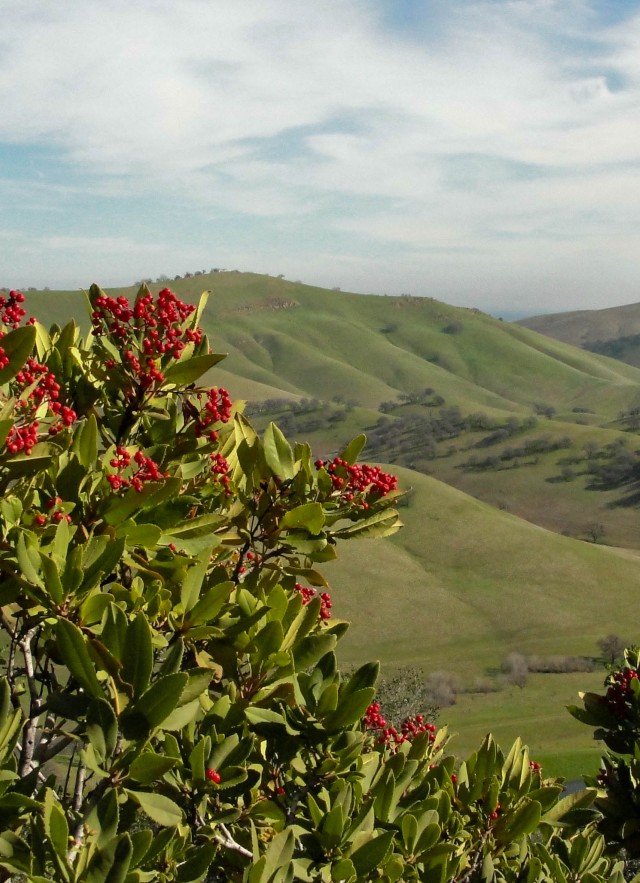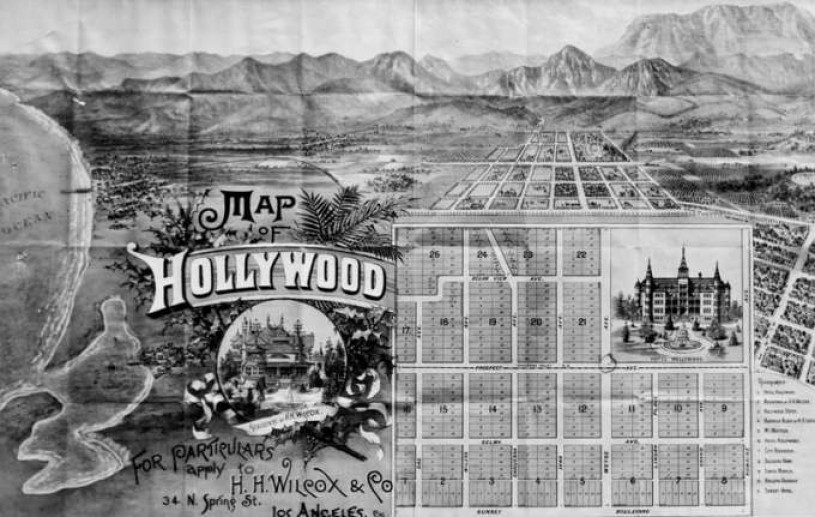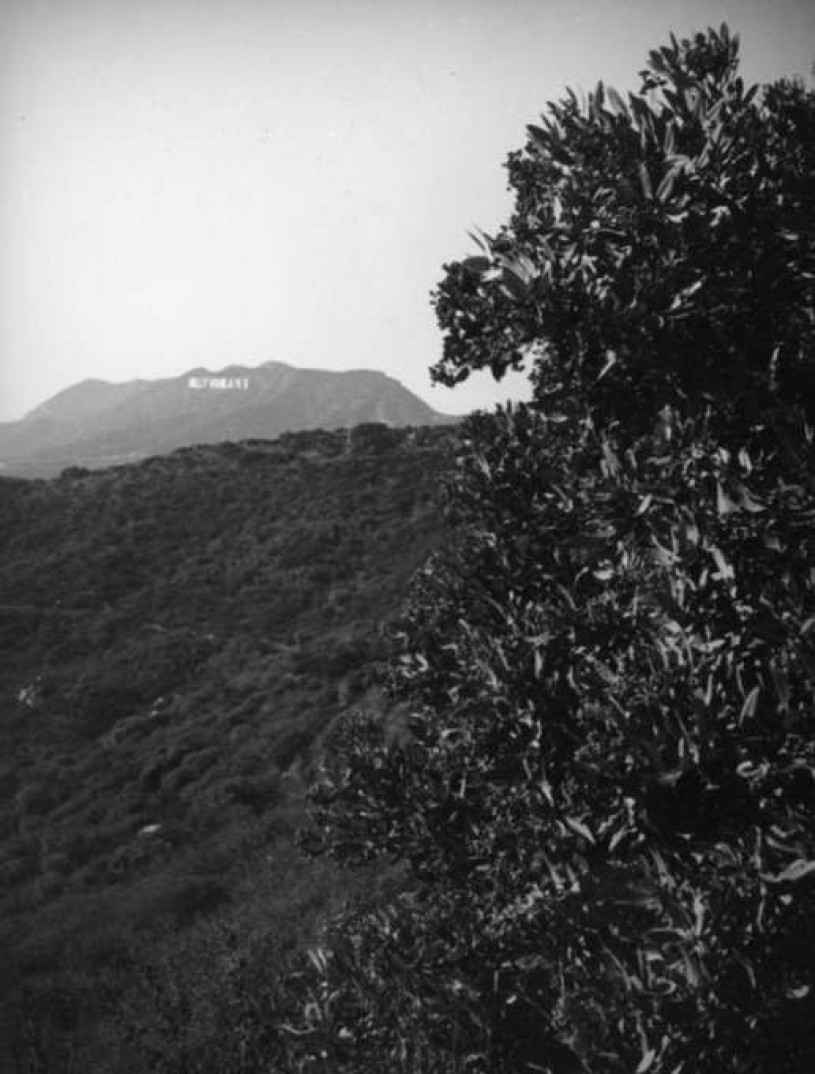California Holly: How Hollywood Didn't Get its Name
In Nancy Dale’s 1986 epic tome of Southern California native plants, Flowering Plants, she has this to say about Toyon — aka California Holly, Christmas Berry, or, if you’re a botanist, Heteromeles arbutifolia:

In Nancy Dale’s 1986 epic tome of Southern California native plants, Flowering Plants, she has this to say about Toyon — aka California Holly, Christmas Berry, or, if you’re a botanist, Heteromeles arbutifolia:
“It is thought that masses of this native shrub growing on the hills above Hollywood gave the community its name.”
This idea of floral origins for Hollywood is romantic. It’s also not true. Hollywood got its name for a much more mundane reason: someone wealthy liked the sound of it.
In 1886, Harvey Henderson Wilcox, a rich prohibitionist from Kansas, and his wife, Daeida, purchased 120 acres of apricot and fig groves near the Cahuenga Pass at $150 an acre. Harvey, an inveterate businessman, realized he could make a lot of money by subdividing the land and selling the lots for $1,000 a pop. And so the Wilcox subdivision, as Hollywood was then known, was born.
A year later, on a train journey back to Ohio, Daeida Wilcox befriended a fellow wealthy traveler who just happened to own a fine estate in Illinois. Its name was Hollywood. The story goes that Daeida was so taken with the name that upon her return to California she encouraged Harvey to apply the name to their property. On February 1, 1887, the name was immortalized when Harvey filed a subdivision map to the Los Angeles County recorder's office, with the name “Hollywood.”

But long before Daeida’s chance encounter and the installation of an enormous “Hollywoodland” sign, Toyon — or California Holly — was growing in the Hollywood Hills. These shrubs and the brilliant red berries that adorn them have been growing in Southern California for hundreds, if not thousands, of years. We’re not quite sure how far back they go: Scientists at the Natural History Museum, where I work, haven't found any in the La Brea Tar Pits yet, so it seems they’ve been here less than 10,000 years.

Before the Europeans showed up, the indigenous peoples of the area used Toyon for food, medicine, and tools. Making use of a plant isn’t unusual, but this plant’s name is. According to California Native Plants for the Garden (co-authored by the Natural History Museum's director of the nature gardens, Carol Bornstein), "Toyon is the only California native plant that continues to be commonly known by a Native American name." Toyon was the name given by the Ohlone people, and it stuck.
Two years ago, we planted about 25 Toyon in the Natural History Museum’s new Nature Gardens. Toyon are a mid-sized shrub in the rose family and can grow up to 20 feet; ours are now standing tall at a stately 10 feet. We knew they would fill in the garden pretty quickly, and provide great cover for many birds, mammals, and insects we wanted to attract.
In early summer their showy white flowers are magnets for native pollinators, which help to produce the bright red fruits that catch our attention at this time of year. If you cut open a berry—more technically known as a pome—the inside looks a lot like the core of an apple, and birds love them. Last year a large flock of Cedar Waxwings, Bombycilla cedrorum, descended on our mini Toyon grove. One of our gardeners noted that it only took these birds a matter of two weeks to clear out every last morsel.
Thankfully, there’s plenty of Toyon to go around as the shrub ranges all the way south into Baja California and north into the Sierra Nevada.
To Angelenos of the early 1900s, Toyon was better known as California Holly. The shrub closely resembles another winter evergreen, European Holly, Ilex aquifolium. Both have green leathery leaves with spiky edges and bright red berries that fruit in winter, and consequently were used to adorn people's homes as yuletide decorations. Lore has it that over-harvesting of the berries in the early 1900s led to a California state law outlawing the gathering Toyon on public lands. I couldn't find any evidence for this, but the story is repeated in many places, including on Wikipedia's Toyon entry.
Is California Holly our state’s most apocryphal plant? Perhaps. In 2012, it also earned the distinction of being named L.A.’s official native plant by the City Council. But we remain lucky that it ultimately wasn’t a neighborhood namesake. Can you imagine a huge sign over our city that reads TOYONWOOD? No, neither can I.